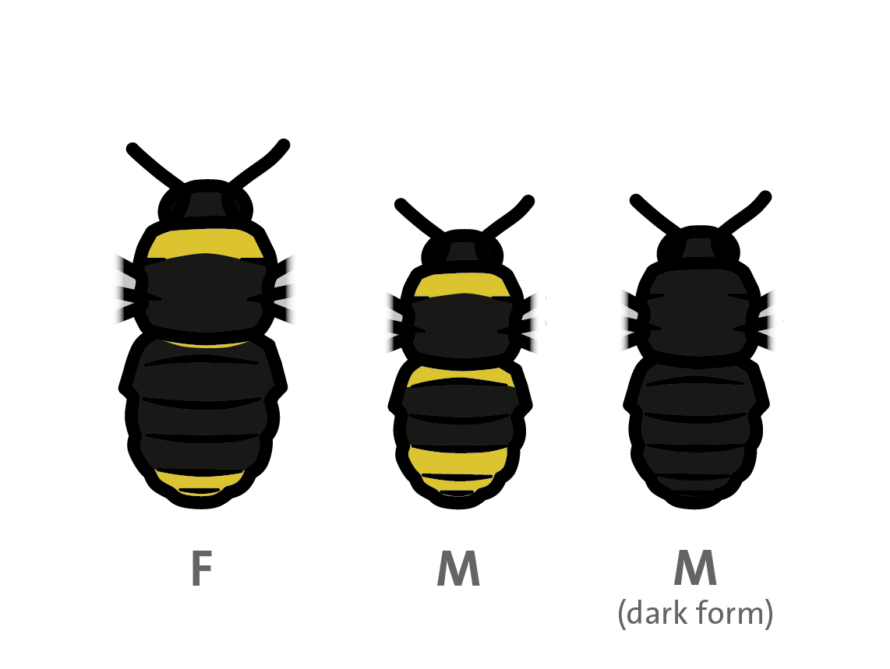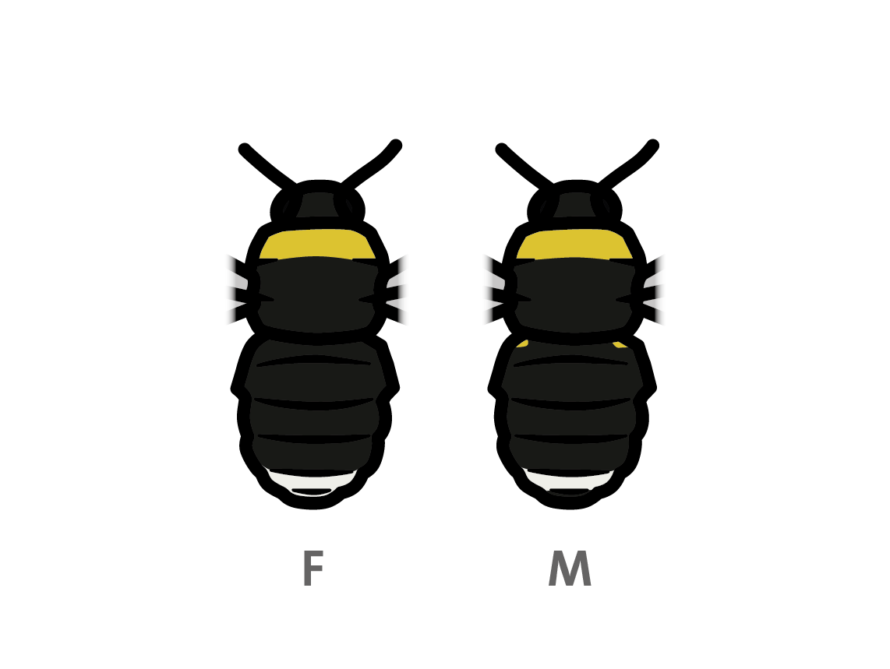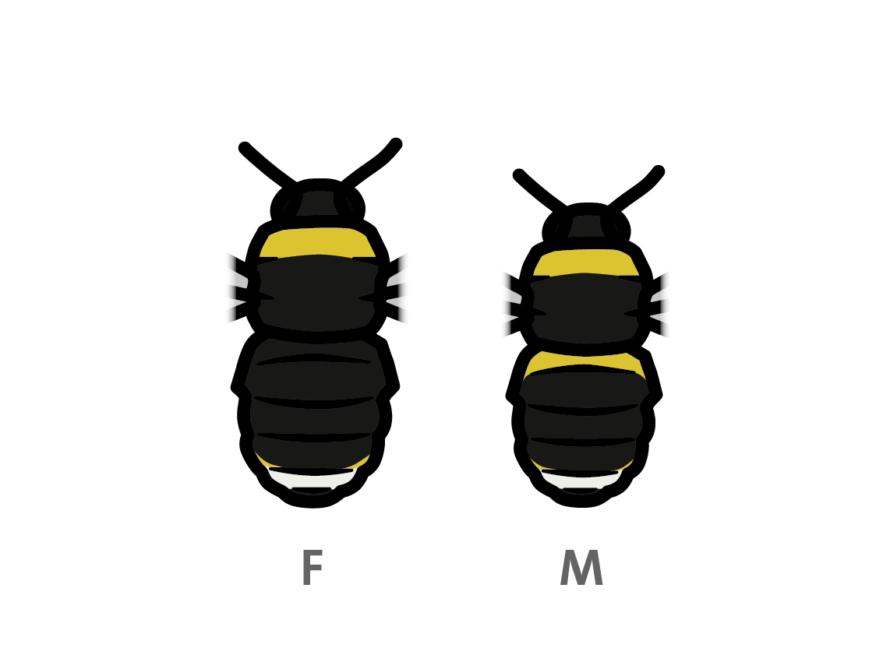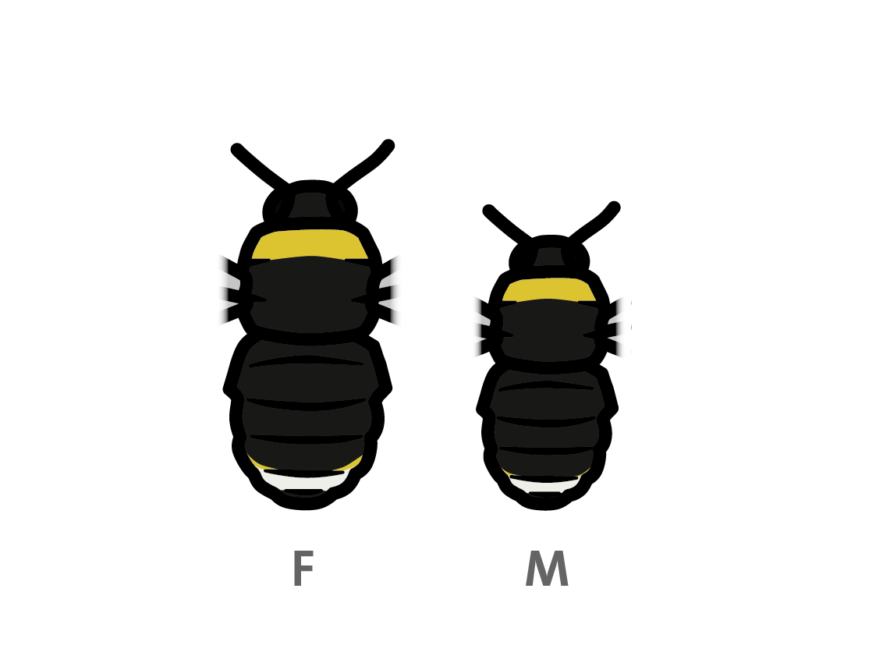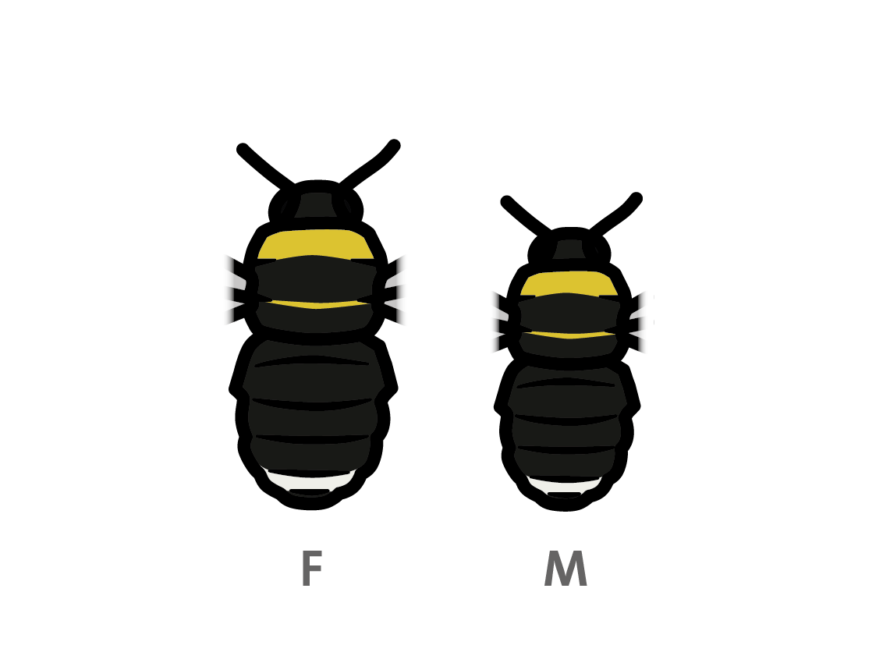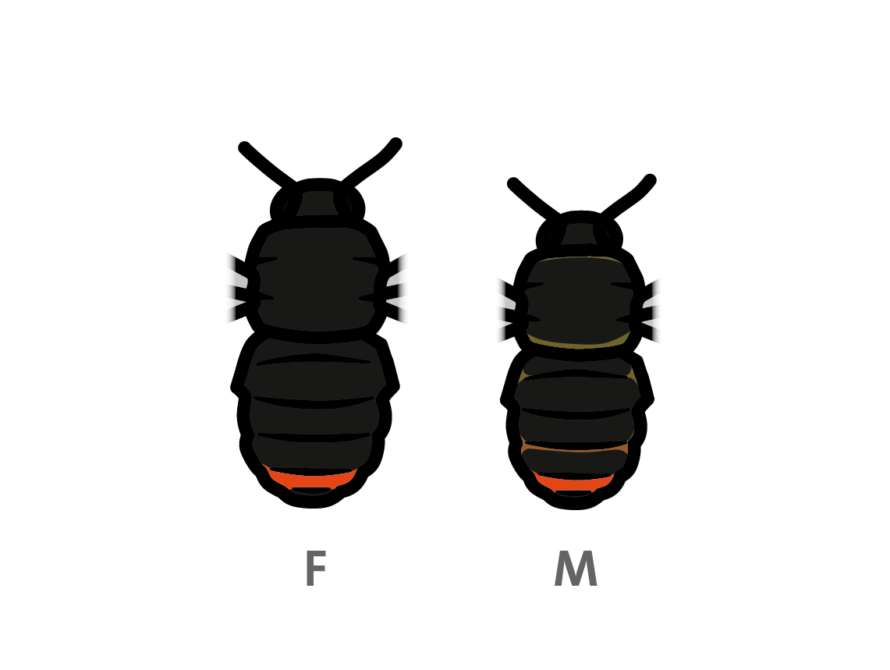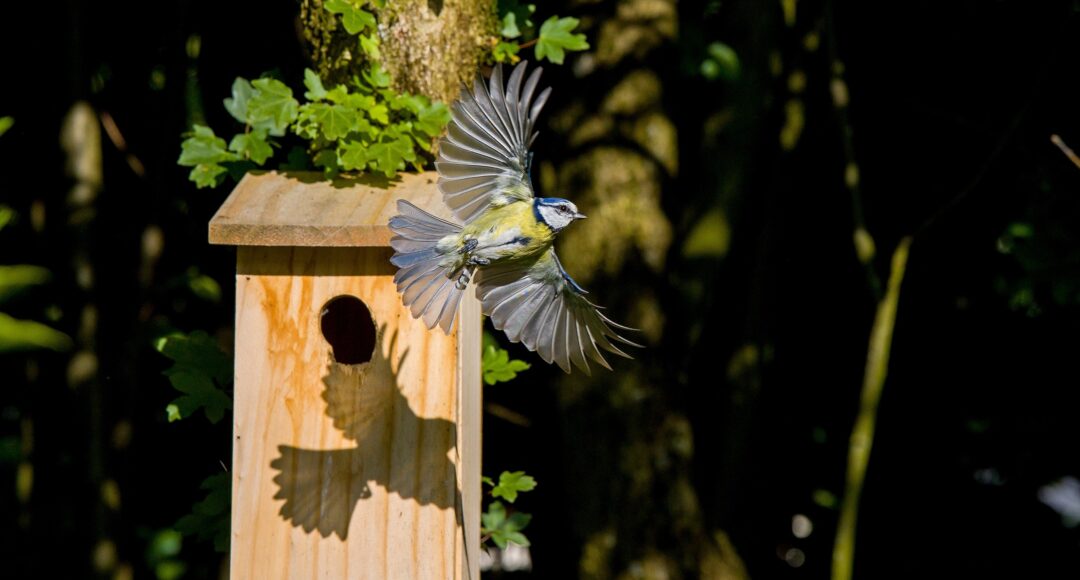Why idverde supports Plantlife's No Mow May Campaign 2024: Embracing the wild for Biodiversity
Plantlife, a leading conservation charity dedicated to preserving wildflowers and their habitats, is launching its annual No Mow May campaign this coming month. This initiative encourages individuals and communities to let their lawns grow wild throughout the month of May, providing crucial habitats for pollinators and other wildlife.


